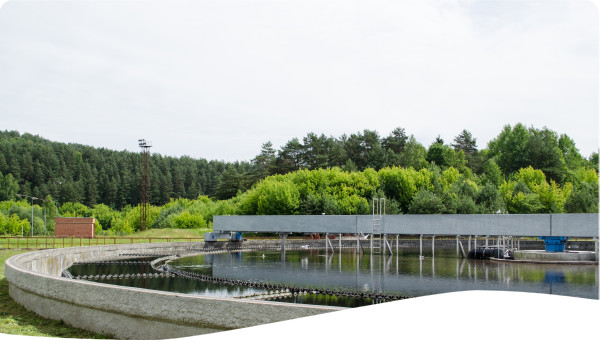Water reuse is gaining momentum as a beneficial practice to address the water crisis, especially in the agricultural sector as the largest water consumer worldwide. With recent advancements in wastewater treatment technologies, it is possible to produce almost any water quality. However, the main human and environmental concerns are still to determine what constituents must be removed and to what extent. The main objectives of this study were to compile, evaluate, and compare the current agricultural water reuse regulations and guidelines worldwide, and identify the gaps. In total, 70 regulations and guidelines, including Environmental Protection Agency (EPA), International Organization for Standardization (ISO), Food and Agriculture Organization of the United Nations (FAO), World Health Organization (WHO), the United States (state by state), European Commission, Canada (all provinces), Australia, Mexico, Iran, Egypt, Tunisia, Jordan, Palestine, Oman, China, Kuwait, Israel, Saudi Arabia, France, Cyprus, Spain, Greece, Portugal, and Italy were investigated in this study. These regulations and guidelines were examined to compile a comprehensive database, including all of the water quality monitoring parameters, and necessary treatment processes. In summary, results showed that the regulations and guidelines are mainly human-health centered, insufficient regarding some of the potentially dangerous pollutants such as emerging constituents, and with large discrepancies when compared with each other. In addition, some of the important water quality parameters such as some of the pathogens, heavy metals, and salinity are only included in a small group of regulations and guidelines investigated in this study. Finally, specific treatment processes have been only mentioned in some of the regulations and guidelines, and with high levels of discrepancy.
Description / Abstract
Publication year
Publisher
Thematic Tagging
English
 Resource -
Resource -
